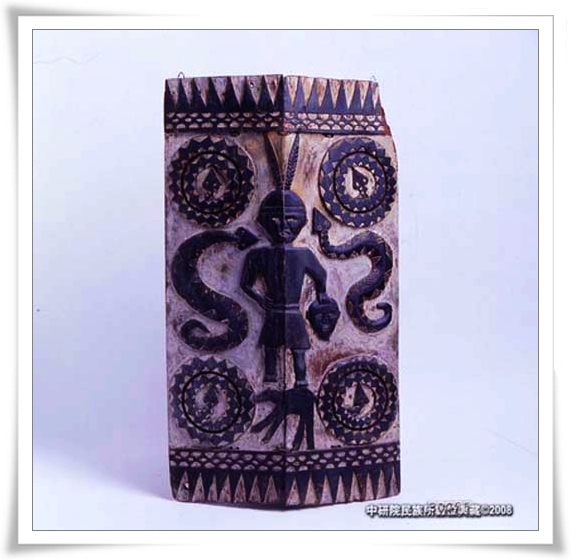Digital Archives Program of Formosan Aborigines, Phase II (DAPFA, Phrase II)
Project Leader¡GShu-Min Huang
Executing organization:Institute of Ethnology,Academia Sinica
Archives Description¡G
The goal of Digital Archives Program of Formosan Aborigines, Phase II (DAPFA, Phrase II) is to integrate all the
resource about knowledge of Formosan aborigines which is currently owned by different governmental, educational and/or non-governmental organizations. With the integration and the combination of digital archives, digital learning and web interaction model, this project will help to encourage dialogue between conservation and reservation, education and
dissemination, and interaction and feedback of the cultural knowledge of Formosan aborigines. Through the
participation and contribution of general public, it will also help to make qualitative change from quantitative
change.
This year's project is based on the effort of the first phase of DAPFA and previous works of this project. It will
continue working on the integration of various organizations and will also focus on the sustainable management of
digital archives. Through the cooperation of different groups and units, through the participation mechanism, and
through the mutual communication and mash-up of datasets, it will produce more knowledge that each separate dataset
alone cannot reveal.
Accomplished Archives¡G
For the time being, the Digital Archives of Formosan Aborigines include approximately 2000 images, 300 maps, 400
land contracts, 50 hours of music, 120 hours of oral history, 50 hours of video data and 2000 research bibliography. This digital archives will increase its collection for the next four years.

|
Lukus kaha of Atayal People
Acquired by Lin, Hen-li (1957, Nanao, Yilan County).
Collected by Museum of Institute of Ethnology, Academia Sinica, Taiwan.
Weaved with cowries and small brass bells, this lukus kaha is considered a valuable gift in Atayal society where a distinct hierarchy does not exist. In the past, only chieftains, patriarchs, and brave warriors were allowed to wear the same type of clothing during specific ceremonies.
|

|
Shield of Rukai People
Acquired by Chen, Hsian-Meng Wang, Renying (Wutai, Pingtung County).
Collected by Museum of Institute of Ethnology, Academia Sinica, Taiwan.
The specimen was pieced together by two woodblocks. The cross section is in a V shape and the front side of the shield shows carvings of three-dimensional double-reflected triangle patterns and mountain-shape lines. A cameo on the central part of the shield reveals a human figure wearing a headdress of feathers and carrying human heads in his hand. The man stands on a wild boar. On both sides of the human figure are two coiling snakes.
|